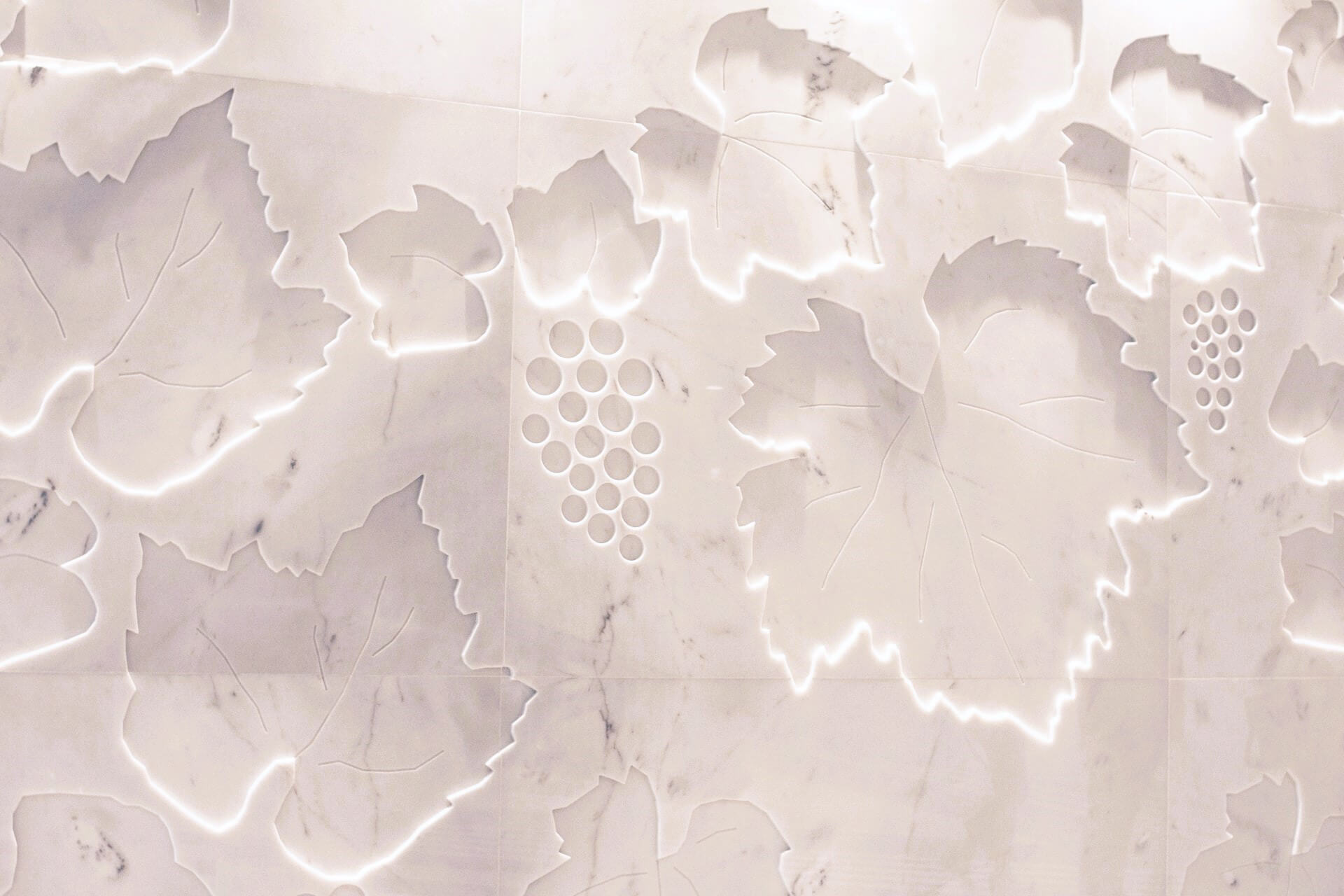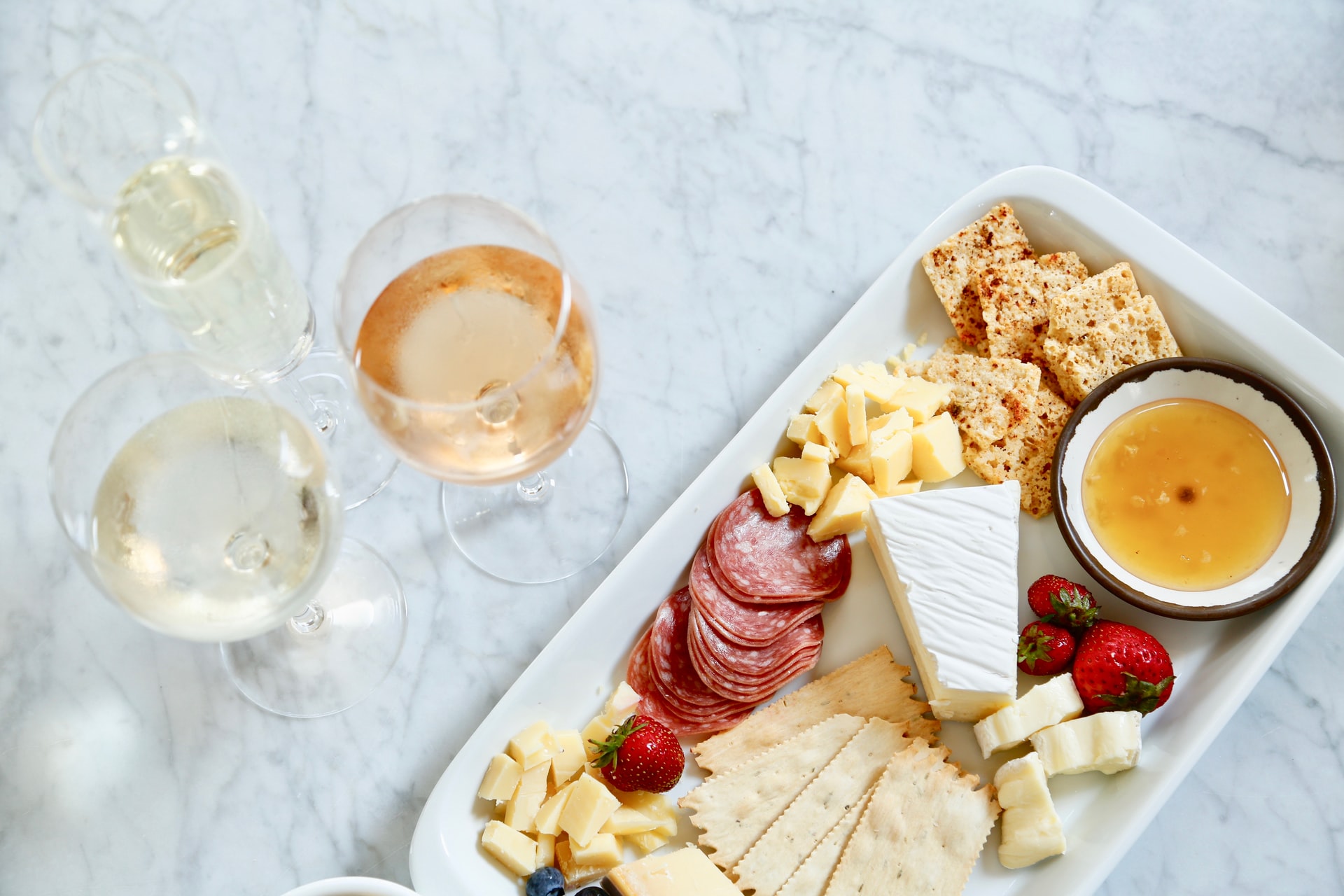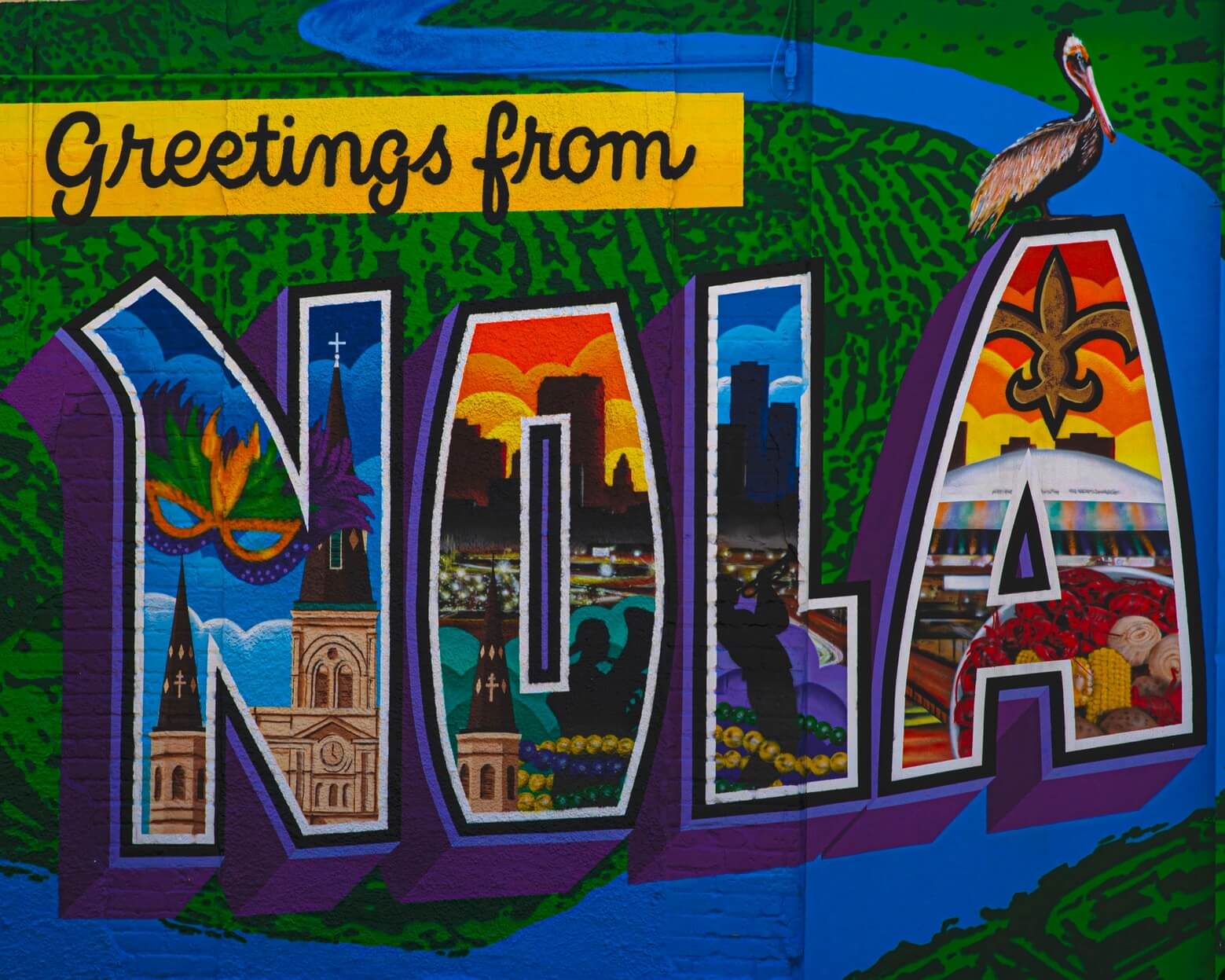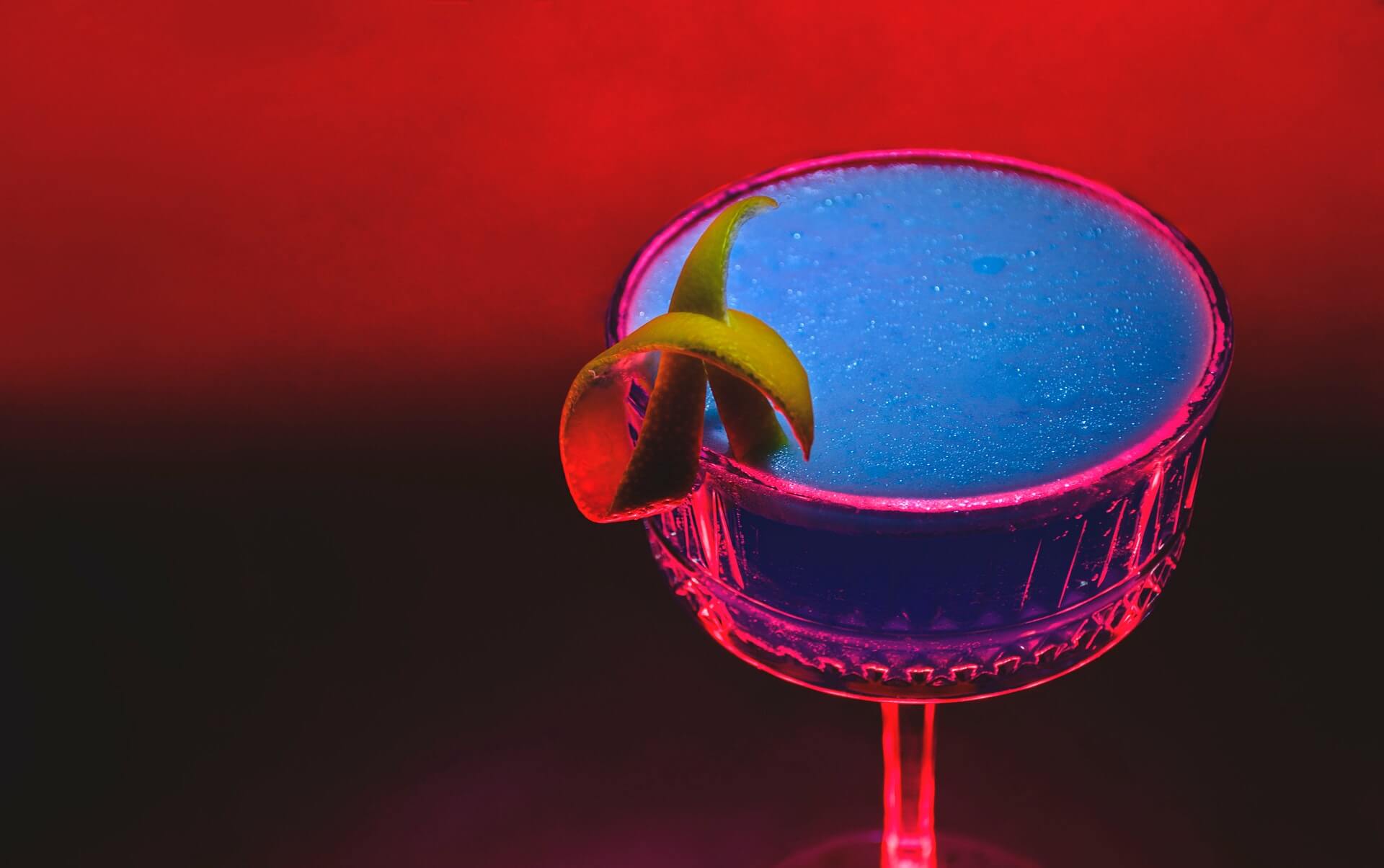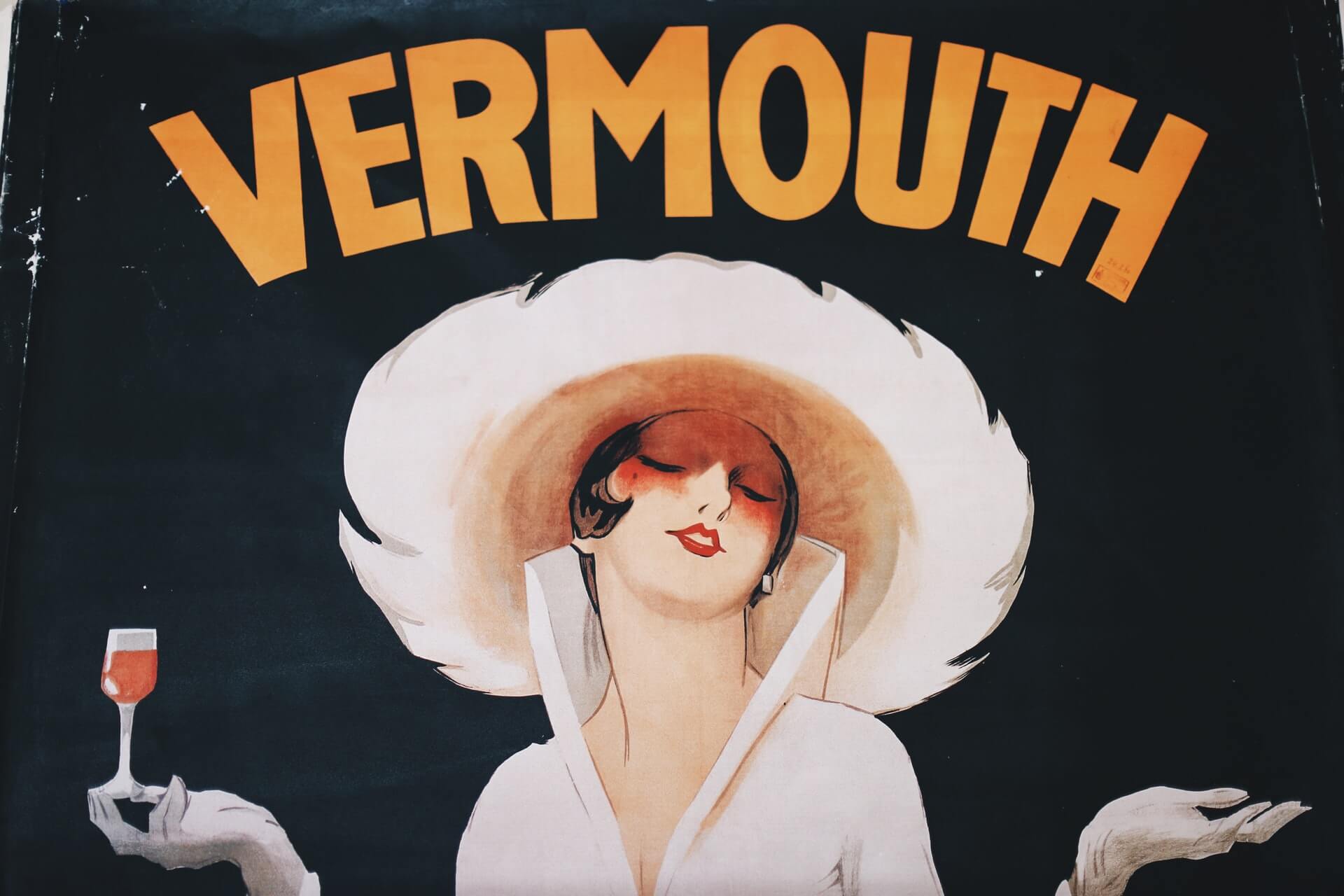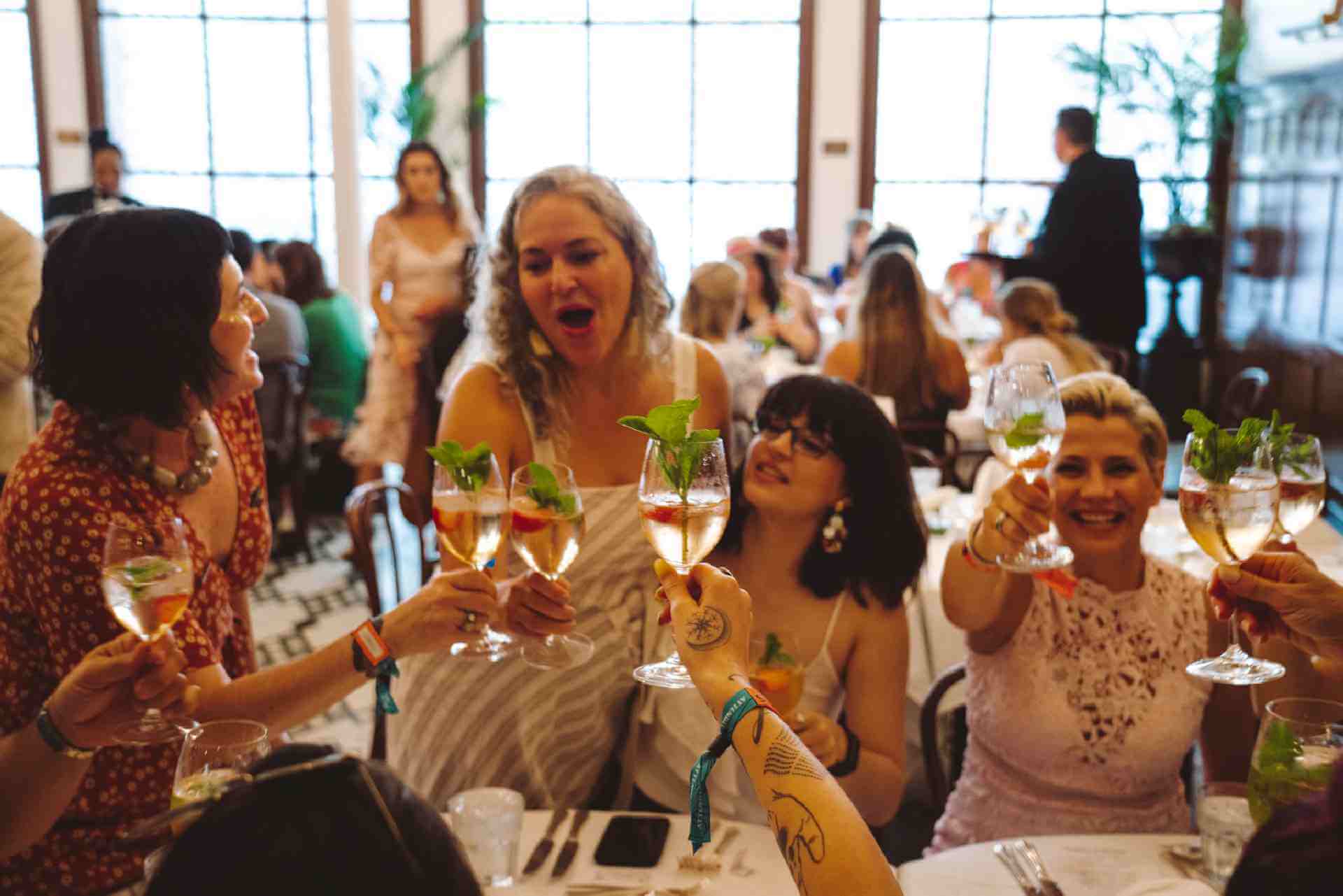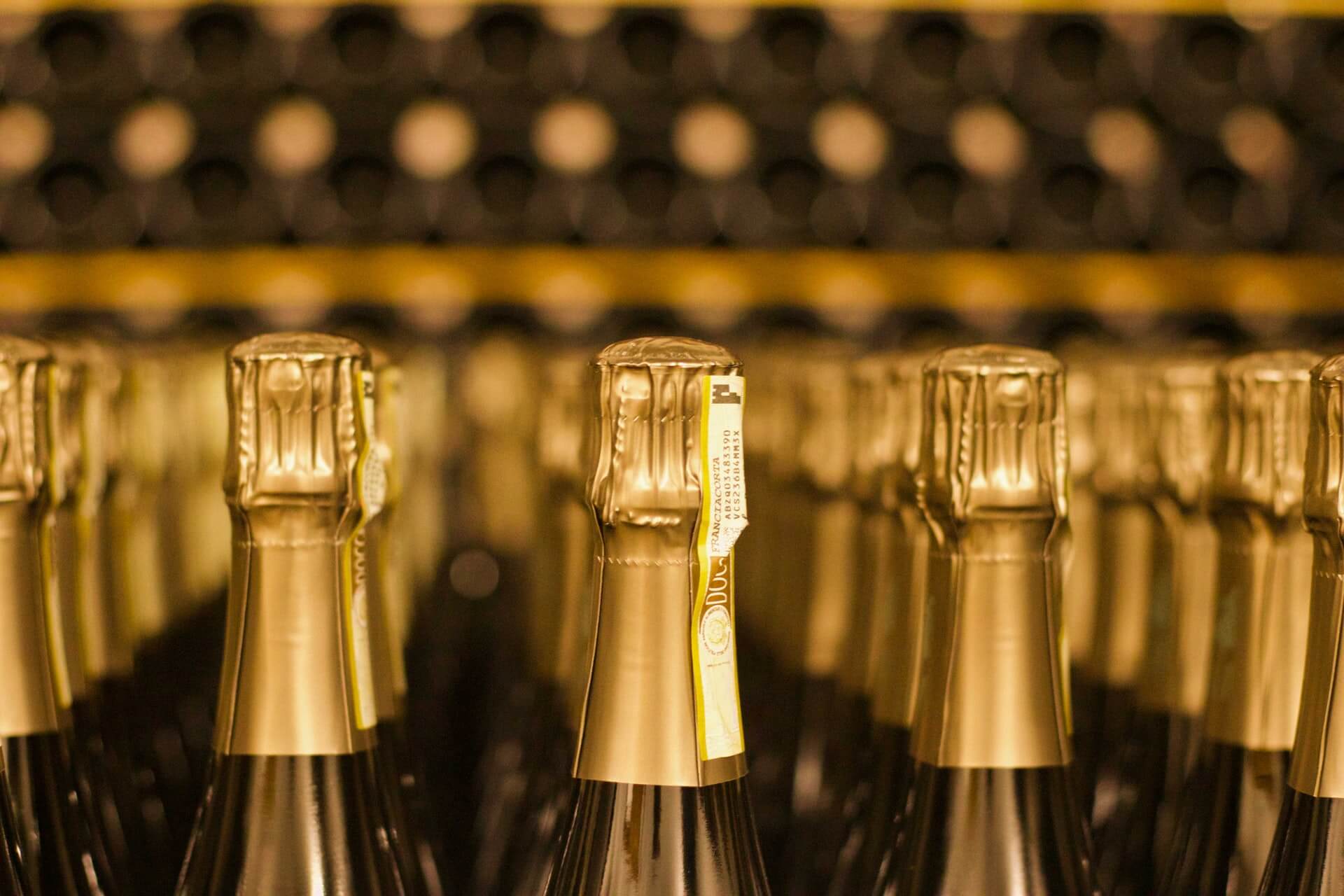August: Attack of the Wine Holidays
by David Klemt
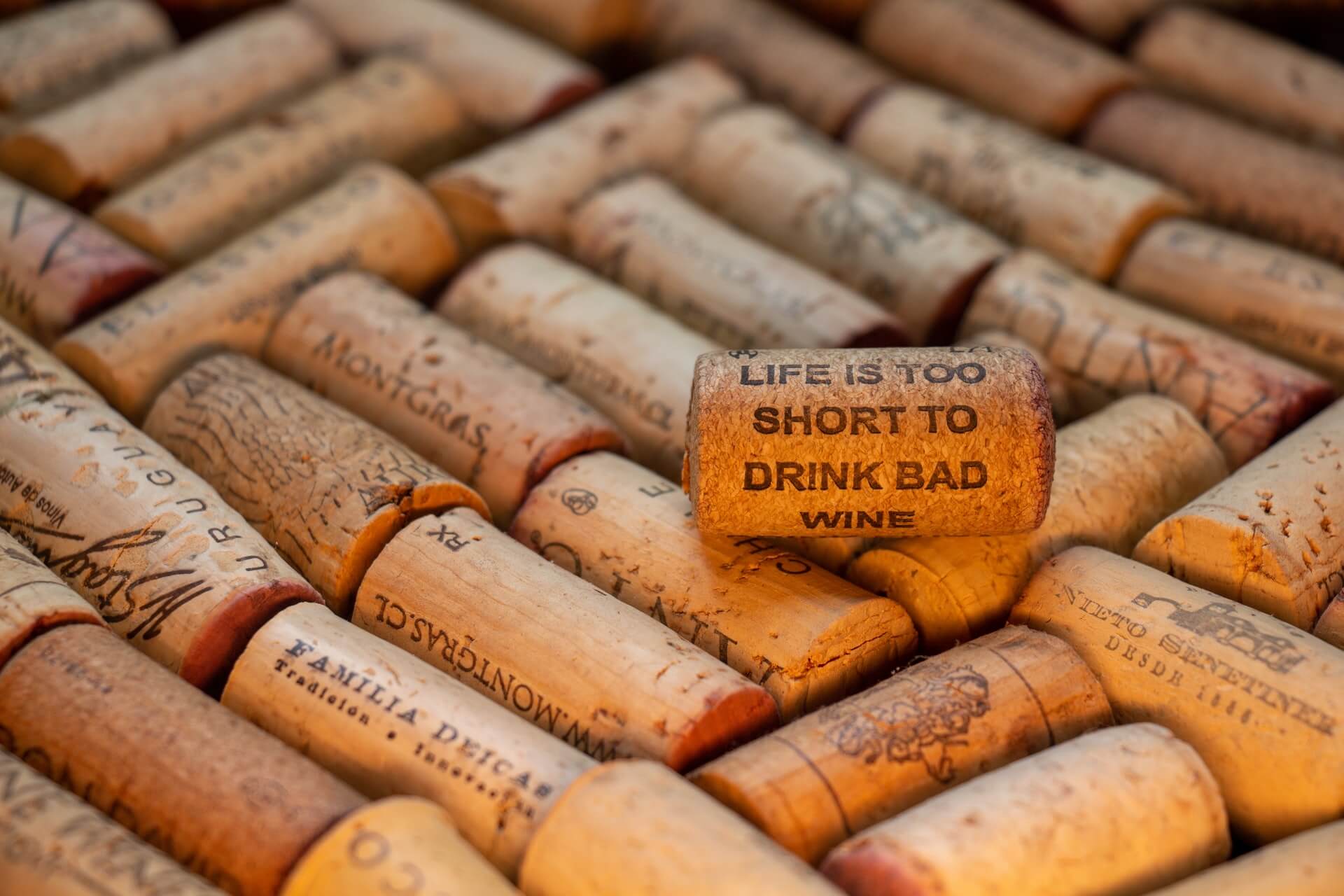
August doesn’t claim just one or two or even three wine holidays, there are actually six such holidays during this month.
Kicking off August are International Albariño Day and National White Wine Day. Obviously, those days have come and gone.
However, there are still four more wine holidays you can leverage:
- National Prosecco Day on Saturday, August 13;
- Thursday, August 18 is National Pinot Noir Day;
- National Red Wine Day takes place on Sunday, August 28; and
- Monday, August 29 is International Cabernet Sauvignon Day.
So, that’s just over two weeks to draw in guests, move some inventory, and generate revenue. Below you’ll find crash courses in three varietals so you and your team can speak with guests in a way that reduces or outright eliminates wine intimidation.
As a cool bit of trivia, two of the varietals we celebrate this month are among the six “original” Noble Grapes: Pinot Noir and Cabernet Sauvignon. The other four, for the curious, are Merlot, Chardonnay, Riesling, and Sauvignon Blanc.
Prosecco 101
First, yes, like Champagne, Prosecco is a sparkling wine. However, despite all the comparisons made between Prosecco and Champagne, the bubbles and production methods are just about the only similiarities between the two.
Champagne, of course, is French. Prosecco hails from Italy and is the country’s top sparkling wine. Like Champagne, Prosecco is protected and must be produced in a specific region.
To be Prosecco, the wine must consist of 85 percent Glera. There are two other grapes producers may use: Chardonnay and Pinot Noir.
Until recently, Prosecco (a.k.a. as you now know, Glera) has been treated as “lesser than” Champagne, commanding much lower prices. However, producers are now making bottles that range from inexpensive to higher end. In fact, you’ll find Prosecco holding its own against its French counterpart on many fine-dining menus.
To impress with Prosecco food pairings, go with cheese, cured meats, and pizza. Pizza and Prosecco? You can’t go wrong there!
Pinot Noir 101
Given that Pinot Noir finds itself in blends, Champagne, Prosecco, and other sparkling wine, you can get creative when celebrating National Pinot Noir Day.
For American operators, two of the top Pinot Noir-producing states are California and Oregon.
In Oregon, Willamette (rhymes with “damn it”) Valley produces incredible Pinot Noir. When it comes to California, look for bottles from Russian Rivery Valley, Sonoma, and the Saint Lucia Highlands.
For Canada, the top production regions are Ontario, British Columbia, Québec, and Nova Scotia. In particular, look for bottles from Prince Edward County, the Niagara Peninsula, and Okanagan County.
Generally speaking, Pinot Noir tends to be light or medium in body. So, if conducting a tasting, you may want to taste people on Pinot Noir before bolder red wines.
When it comes to food pairings, remember that this is a more “delicate” varietal. So, you’ll want to avoid dishes and food items with big, bold, rich flavors. This is a wine that pairs wonderfully with a variety of cheeses.
Cabernet Sauvignon 101
Ah, Cab Sauv. For both America and Canada, Cabernet Sauvignon is among the most popular varietals. It’s so popular in the US that it’s called the King of Grapes.
As you likely can guess, California is the top Cab Sauv-producing state in America. In particular, Napa Valley is known for world-class Cabs.
While most people think of California, Bordeaux, and Tuscany, Canada also produces fantastic Cabernet Sauvignon. Interestingly, the grape grows well (as do many varietals we associate with Bordeaux) throughout Canada.
However, Prince Edward County and the Niagara Peninsula are two of the best regions for Canadian Cab Sauv.
A bigger and bolder wine than Pinot Noir, Cabernet Sauvignon pairs well with rich, bold foods. If it’s grilled, smoky, peppery or otherwise assertive, Cab Sauv will likely play well with it.
So, there you have it. Two weeks of wine holidays for you to showcase your wine inventory and pairing skills. Cheers!
Image: D A V I D S O N L U N A on Unsplash

